Send Email
Call / WhatsApp Anytime
Send Email
Call / WhatsApp Anytime
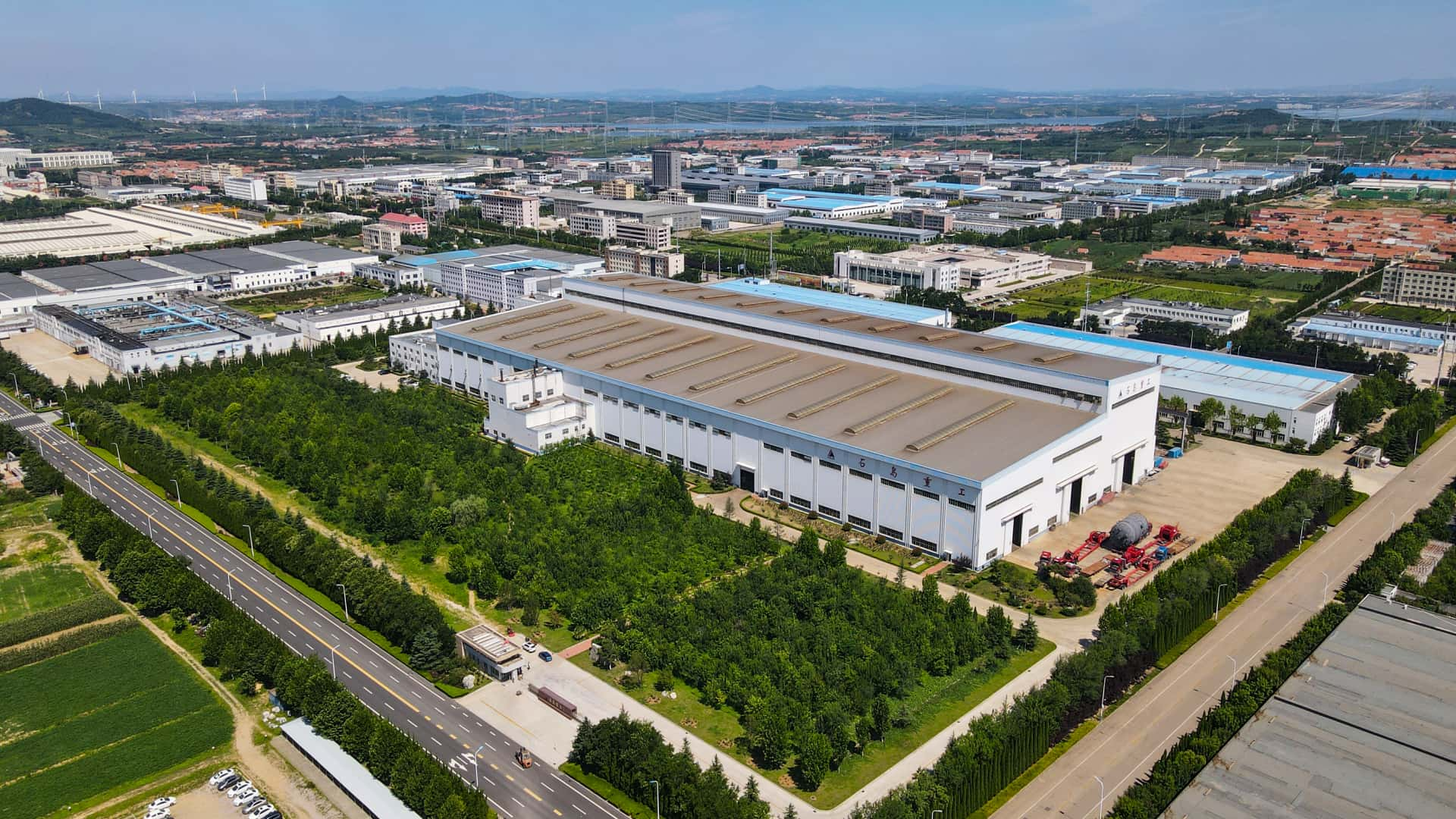
Call / WhatsApp Anytime
Coal chemical engineering—also known as coal-to-chemicals (CTC)—plays a vital role in converting coal into high-value chemicals such as methanol, synthetic ammonia, olefins, and clean fuels. These complex processes involve extreme operating conditions, including high temperatures, high pressures, corrosive environments, and toxic gas streams. Pressure vessels are indispensable infrastructure, enabling each core step of reaction, separation, purification, and storage with safety and precision.
Here are selected project cases demonstrating our capability in delivering pressure vessels for complex petrochemical units.
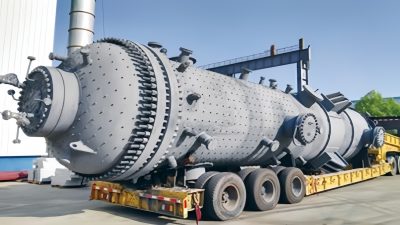
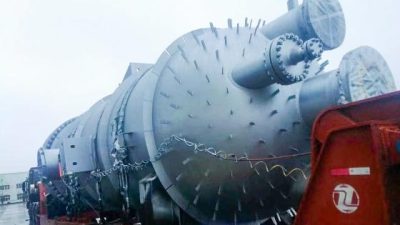
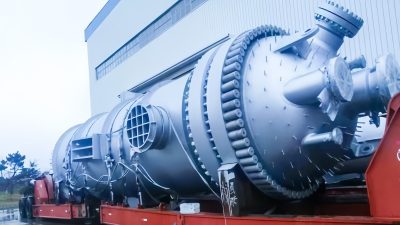

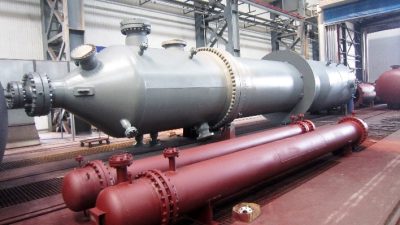
| Client | Equipment Name | Spec | Weight / Material |
|---|---|---|---|
| Hebei Xinji Chemical Group Co., Ltd. | Gasifier Shell | φ2700 / φ2690 × 50 / (50+5) × 14191 mm | 76T 15CrMoR; 15CrMoR + S31603 (Stainless Cladding) |
| Hengli Petrochemical | MTO Reactor | φ7925 / φ5000 × δ63 / 123 / 80 / 46 × 43467 mm Quantity: 1 Unit | SA516 Gr70 |
| Yichang Xingxing Lantian Technology Co., Ltd. | Primary Shift Converter | Φ3200 × 15850 mm | 150T 14Cr1MoR |
| Yichang Xingxing Lantian Technology Co., Ltd. | Secondary Shift Converter | Φ3200 × 14570 mm | 169T 15CrMoR |
| Ningxia Baofeng Energy Group Co., Ltd. | Waste Heat Boiler | 143-E102 φ2600×60/80×19500 mm | 188.8T Q345R Pressure Vessel Steel |
Pressure vessels are deeply embedded in almost every unit operation in coal chemical engineering. Their functions span gasification, synthesis, cooling, scrubbing, and product refinement.
| Process Stage | Typical Pressure Vessels | Function |
|---|---|---|
| Coal Gasification | Gasifiers, Quench Chambers | Convert coal into syngas (CO + H₂) under high-temp pressure |
| Gas Purification | Scrubbers, Knockout Drums, Acid Gas Removal Towers | Remove dust, H₂S, NH₃, CO₂, tar |
| Methanol Synthesis | Methanol Reactors, Heat Exchangers | Catalytic conversion of syngas to methanol |
| Ammonia Synthesis | Ammonia Converters, High-Pressure Separators | High-pressure synthesis of NH₃ from H₂ and N₂ |
| Fischer-Tropsch (FT) | FT Reactors, Wax Separators | Convert syngas into liquid hydrocarbons and waxes |
| Byproduct Recovery | Condensers, Absorbers, Distillation Columns | Recover valuable chemicals like phenol, benzene, naphtha |
| Intermediate Storage | Surge Drums, Flash Tanks, Spheres | Temporary pressurized containment for process stability |
Each coal chemical route has unique vessel requirements due to differences in reaction mechanisms and conditions.
Vessels: Hydrogenation reactors, separators, scrubbers
Conditions: 15–30 MPa, 400–500°C
Challenge: H₂ service + coke deposition + severe thermal cycling
Vessels: Slurry-phase or fixed-bed FT reactors, cooling drums
Conditions: 2–6 MPa, 200–300°C
Challenge: Wax fouling + phase separation + long residence time
Vessels: Methanol synthesis reactor, carbamate condenser, CO₂ absorber
Conditions: 5–10 MPa, high purity control
Challenge: Corrosion + pressure balance + catalyst protection
Coal-derived gas streams often contain H₂, H₂S, CO, COS, NH₃, and particulate matter. Material selection must balance creep strength, corrosion resistance, hydrogen embrittlement resistance, and weldability.
| Material | Key Properties | Used In |
|---|---|---|
| 12Cr2Mo1R / 15CrMoR | High-temp strength, hydrogen resistance | Methanol & ammonia synthesis |
| Q345R / 16MnR | General vessel structure with good weldability | Purification drums, surge tanks |
| 316L / 347H Stainless | Acid, chloride, and high-temp resistance | Condensers, scrubbers, H₂ service |
| Incoloy 825 / Alloy 625 | Severe H₂S and acid gas resistance | Acid gas removal towers |
| Explosive Cladding (Ti, SS) | Inner lining for dual protection | Quench vessels, synthesis towers |
🛠️ Overlay welding (e.g., E309L + E347), rubber lining, PTFE lining, and explosion-bonded plates are common in coal chemical vessel fabrication.
Coal chemical equipment must be massive, thick-walled, multi-zone, and able to handle process cycling, fouling, and thermal shock. Key challenges include:
| Challenge | Engineering Solution |
|---|---|
| Hydrogen embrittlement | Low-alloy chrome-moly steel + post-weld heat treatment |
| Shell thickness > 100 mm | Layered welding + deep penetration testing |
| Coke fouling & soot accumulation | Special internal coatings + anti-coking lining |
| Transport constraints (oversize units) | Modular assembly + field welding techniques |
| Long-term high-pressure operation | Full PWHT, creep simulation, and advanced material selection |
As coal chemical processes evolve to reduce carbon emissions and improve energy efficiency, pressure vessels are adapting with:
Smart sensors for wall thinning, temperature, and H₂ detection
Modular vessels for fast deployment and on-site assembly
Green integration with carbon capture (CCUS) and H₂ co-production
Advanced coatings for lifetime enhancement
Digital twin modeling for predictive maintenance and simulation
In coal-to-chemical production, pressure vessels are the industrial backbone—withstanding harsh media, extreme pressure, and thermal fatigue to safely convert coal into valuable chemical products. From gasification to methanol synthesis, their design and reliability directly impact plant efficiency, safety, and environmental performance.
With deep expertise in large-scale fabrication, overlay welding, and high-alloy metallurgy, we provide high-performance pressure vessel solutions that power the coal chemical industry’s transformation.
Need custom-engineered pressure vessels for your coal chemical project?
👉 Let’s build the future of clean, efficient coal conversion—smarter and stronger.
Why Choose Us?
Certified Safety, Reliable Quality, Custom-Engineered Pressure Vessels.
